Cellist Mehmet Gökhan Bağcı interviews Turkish violinist Önder Baloglu, who sheds light on the pandemic-induced project Unvoiced Diaries, comprising short, Instagram-friendly compositions, plus its significance in the broader context of Turkish classical music
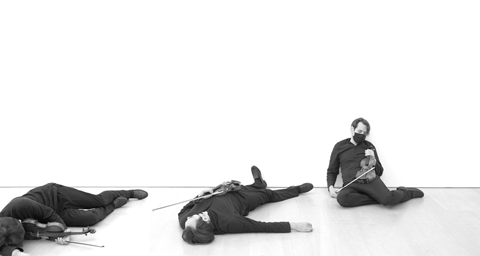
Discover more Featured Stories like this in The Strad Playing Hub
The audio-visual project Unvoiced Diaries (Sözsüz Günlükler) was born during the pandemic, as a response to the silence and emotional intensity brought on by isolation. Led by Önder Baloglu, a renowned Turkish violinist and the founder of the Les essences chamber orchestra, the project features miniatures for solo violin pieces composed by 24 contemporary Turkish composers. These works were created to reflect the unique atmosphere of the pandemic, with a focus on minimalism and emotional depth.
Unvoiced Diaries was initially shared via social media platforms, reaching an international audience through Instagram, Facebook, YouTube, and later, streaming services such as Spotify and Apple Music. The project resonated deeply, drawing attention not only to its artistic content but also to the richness of modern Turkish classical music.
Baloglu later brought the project to live audiences, performing it at major festivals in Germany and Spain, and even incorporating multimedia elements to bridge the gap between digital and live performances. The project’s future includes performances at the LES ESSENCES Series in Essen and Musik am Marientor in Duisburg, both in Germany and at the Arter Museum in Istanbul, where it was originally recorded, with hopes for an international tour to further highlight the musical innovation of Turkish composers.
The pandemic encouraged artists to develop unique experiences and ideas. Could you tell us about the creative process behind this project for solo violin?
Önder Baloglu: During the first lockdown caused by the pandemic, I was living in Germany. At the Deutsche Oper am Rhein in Düsseldorf-Duisburg, where I was concertmaster, I vividly remember the announcement during a performance of Don Giovanni that it would be the last show before lockdown. Oddly enough, I felt a sense of relief. The intense workload had caused calcification in my left shoulder, and I could barely complete the three-hour performance through tears from the pain.
During the lockdown, I spent a lot of time walking, experimenting in the kitchen, and undergoing physical therapy. After a while, though, I felt the need to create. While this period of rest was beneficial for me, I noticed musicians on social media expressing themselves and striving for visibility. From the beginning, however, I had been critical of and hesitant about social media as a platform for making music. I never considered it suitable for genuine musical expression.
This period also helped shape the content for future concerts with Les essences, the orchestra I founded. In our concert series in Essen, we aimed to return to the essence of music. This meant not only historical and artistic analyses or embodying the composer’s mindset but also considering the venues, environments, and events envisioned for the performance. For instance, open-air serenades, church music performed on specific religious days, or chamber music in intimate settings—all these elements allow audiences to experience music in its intended context. Inspired by this idea, I decided to commission and perform works specially created for social media—a platform where performing live was impossible during the pandemic.
Thus, I wanted to contribute to new compositions while engaging critically with social media. The silence of concert halls, coupled with the musicians’ urge to share content on social media platforms, where brevity and intensity are key, became the driving force behind Unvoiced Diaries.
Ultimately, we partnered with Gedik Sanat to call on 24 Turkish composers to write works for solo violin, each lasting no longer than one minute. These pieces drew inspiration from the silence of the pandemic while exploring compact forms of expression. In this way, Unvoiced Diaries emerged as a diary of isolation.
Why miniatures?
I was inspired by Instagram’s one-minute video format at the time. However, short, compact musical works are not new. Composers like A. Webern, G. Kurtág, B. Bartók, B. Yoffe, and L. Berio had already written such pieces. My master’s project at the Folkwang University of Arts in Germany focused on similar works, so this concept of creating music in a compressed form had long fascinated me. As a performer, it’s also a challenge: conveying a piece authentically when you only have 34 seconds to play requires a completely different mindset.
For composers, too, creating a narrative in such a short span demands immense discipline. As Schönberg once wrote about Webern’s Six Bagatelles, pieces like these require the discipline to express emotions in a single breath or gesture.
Conveying a piece authentically when you only have 34 seconds to play requires a completely different mindset
How did you select the composers?
I first shared the idea with Cemi-i Can Deliorman, who was then the music director of the Gedik Philharmonic Orchestra, where I also served as concertmaster, and later with Caner Akgün, the director of Gedik Sanat. With their interest and support, we formed a selection committee, inviting Onur Türkmen, a famous Turkish composer whose orchestral work we had performed recently.
We prioritised diversity in style and approach among the composers. Some were well-known names for whom composing was not their primary profession. Unfortunately, some renowned composers did not join the project. I assume this might have been due to the brevity of the pieces or a reluctance to participate in a collective project. During this process, some composers we hadn’t considered took an unfavorable stance towards us. Since the project involved a limited number of pieces, unfortunately, we were unable to accommodate everyone. Despite this, we aimed to showcase Turkey’s musical richness.
A unique aspect of the project was the open Instagram interviews I conducted with each composer over four weeks, six evenings a week. To interpret a piece authentically, understanding the composer’s intent is crucial, and nothing beats direct conversations with the composers themselves.
Why did you choose to realise this project in Turkey, even though you live in Germany?
I see a unique potential in Turkey’s musical creativity. Before the lockdown, I frequently performed in Turkey, and traveling to my home country specifically for music always made me happy. Meeting new people from the musical community was another source of joy.
When the pandemic hit, I didn’t know when I would next visit Turkey. So, I wanted to maintain my connections and forge new ones through this project in the country where I was born and raised.
Can a one-minute composition truly capture the emotions or stories of a longer piece? What challenges or advantages did this time limit pose for the composers?
There are long compositions that fail to convey much, while Webern’s 32-second piece can feel as deep as the universe. It all comes down to the sincerity of the composer. Creating a musical idea within one minute is immensely challenging.
To encourage creativity, we gave our composers complete freedom in instrumentation. They could use unconventional techniques, electronic elements, or even alternative setups with viola or bass-violin strings—anything I could perform.
Some composers initially submitted works exceeding four or five minutes. We collaborated with them to shorten their pieces, aiming for the one-minute limit imposed by Instagram, as we didn’t want to leave any work behind. Perhaps we should have specified that the pieces should be no longer than 59 or 60 seconds.
As the project creator and performer, do you have personal favourites among the miniatures?
As a musician, my goal is to fully understand and convey the composer’s intent to the audience. For this reason, I avoid favouritism in my work. I approached all the miniatures with equal discipline and dedication.
That said, there were pieces I felt more connected to. However, I ensured my personal preferences never overshadowed the project’s goals. Each work tells an individual and unique story while contributing to the overall diary that reflects the silence of the pandemic.
Can you share the recording process for the album?
The recordings were handled with meticulous attention to detail. In both audio and video recordings, we made an effort to create an atmosphere that reflects the intensity and story of each piece. Cem Önertürk, both a great musician and an expert in audio-visual production, was the perfect collaborator for this project. I traveled to Istanbul for the recordings as pandemic restrictions eased.
Many pieces contained elements that were difficult to execute live, so for those, we sometimes recorded them measure by measure. For example, one piece required a sound effect created by tapping a shoe. I struck my shoe on a table until we found the best tone. The fact that I generally wear leather-soled shoes played a significant role in the quality of these effects. And when some composers had dynamic expectations that were contrary to the nature of the violin, Cem’s almost virtuosic tone-mastering expertise came to our aid.
At night, we would record the audio, then handle post-production, and after getting just two to three hours of sleep, we would head to the Arter Museum during the day for video recording. Thanks to Cem’s visual skills, we found spaces that best suited the visual essence of each piece, moved the equipment, quickly set up, and recorded from different angles.
Aslıhan Tuna and her team from Arter were also a huge help in this process. While recording the video, we had to ensure that the artwork in the museum was not visible due to copyright restrictions, which created certain limitations for us. One of the most challenging aspects for me was playing in sync with the audio recordings we did at night for the video. This was especially difficult because most of the pieces were improvisation-like, without following a specific pulse.
The recordings were prepared with a minimalist yet impactful approach to reflect the silence of the pandemic and the emotional intensity created by isolation. Cem’s visuals added a powerful aesthetic layer to the music.
Where has Unvoiced Diaries been performed so far?
The audiovisual recordings were first released on Instagram, Facebook, and YouTube. We planned our premiere with 24 miniatures to be published at every hour of the release day, releasing one piece each hour. Taking into account where our composers were residing, we scheduled the pieces of composers living in places like the United States to be released at times when they could listen during the day, as this would be their first listening and viewing experience. Later, the audio recordings were published on Spotify, Apple Music and Amazon Music.
I then took the project to the stage, first at the NOW! Festival in Germany, and then at the Musiquem Lleida Festival in Spain. I also performed concerts in formats that presented both live and multimedia performances. My goal was to compare social media platforms with reality. In concerts where I performed as a soloist, I also played some of the miniatures as encores. In this way, the album was not only a digital experience but also featured in live performances. Since the pieces presented a universal narrative reflecting the silence and intensity of the pandemic, they gained significant attention both in Turkey and on international platforms.
The project has been well-received internationally, offering a universal narrative of pandemic silence and intensity.
Do you think social media is a lasting tool for traditional genres like classical music to reach wider audiences?
I do not yet see a solution to the crisis in the classical music community and the necessity of reaching wider audiences as a remedy. The insatiable nature of social media, the expectation of stimulating content, and the related addiction to endorphins are putting many art forms in difficulty. I don’t think social media can provide a sustainable solution, and I believe returning to the essence of the matter might yield more beneficial results.
Are there any new environments you imagine for the future of Unvoiced Diaries?
I have always wished for all the pieces to be published as a note album by a major edition, promoting Turkey’s modern music wealth worldwide and being performed by other violinists. Unfortunately, the efforts we made on this topic were not successful, and the idea was put on hold.
We have included Unvoiced Diaries and the works of the composers who inspired this project in the Les essences 2025 concert program due to the fifth anniversary of the pandemic. This project, which will emphasize the theme of silence, will be performed in Essen and Duisburg. However, my ultimate dream is to perform it at the Arter Museum, where we recorded the project, which we hope will happen in March this year. Additionally, international tours would be wonderful to help more people discover the musical talent of Turkish composers.
Read: How to reach 1 million followers: Ray Chen’s guide to social media success
Read: My Space: Dínçay Gülenç’s Istanbul workshop
Discover more Featured Stories like this in The Strad Playing Hub
The number one source for playing and teaching books, guides, CDs, calendars and back issues of the magazine.
In The Best of Technique you’ll discover the top playing tips of the world’s leading string players and teachers. It’s packed full of exercises for students, plus examples from the standard repertoire to show you how to integrate the technique into your playing.
The Strad’s Masterclass series brings together the finest string players with some of the greatest string works ever written. Always one of our most popular sections, Masterclass has been an invaluable aid to aspiring soloists, chamber musicians and string teachers since the 1990s.
The Canada Council of the Arts’ Musical Instrument Bank is 40 years old in 2025. This year’s calendar celebrates some its treasures, including four instruments by Antonio Stradivari and priceless works by Montagnana, Gagliano, Pressenda and David Tecchler.


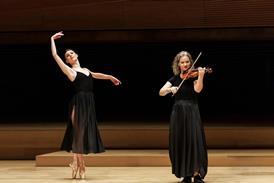
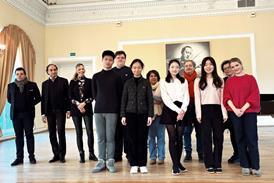

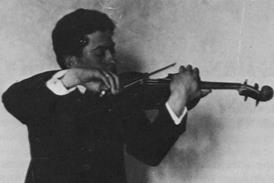
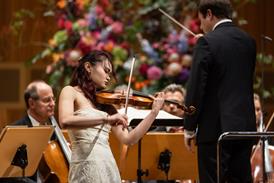
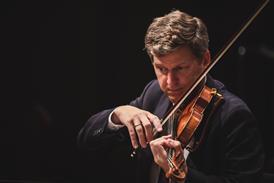


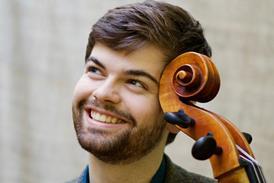
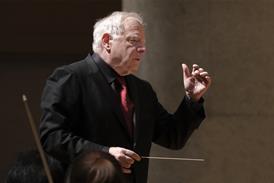


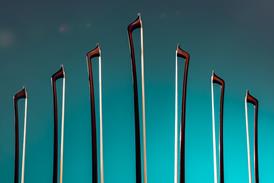
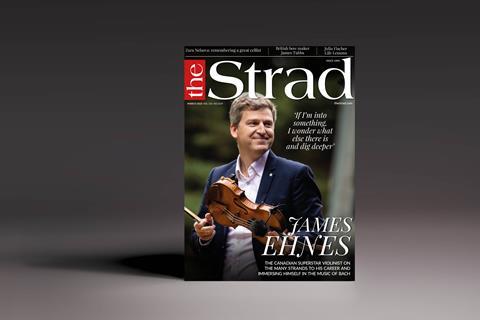



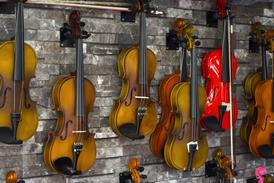

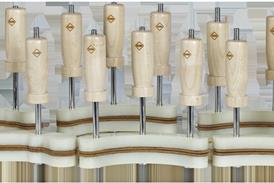

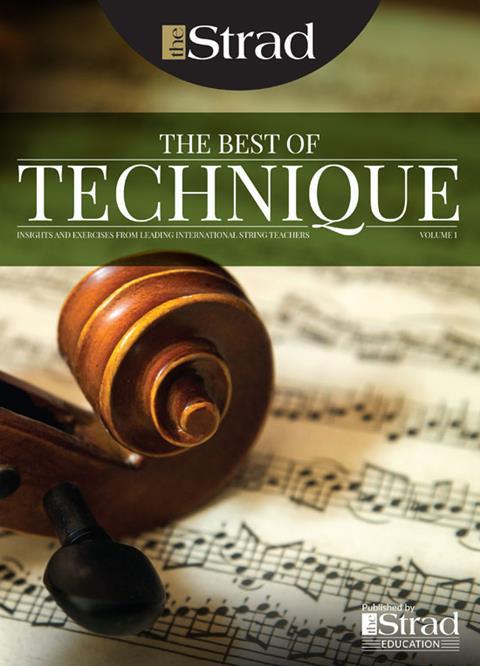
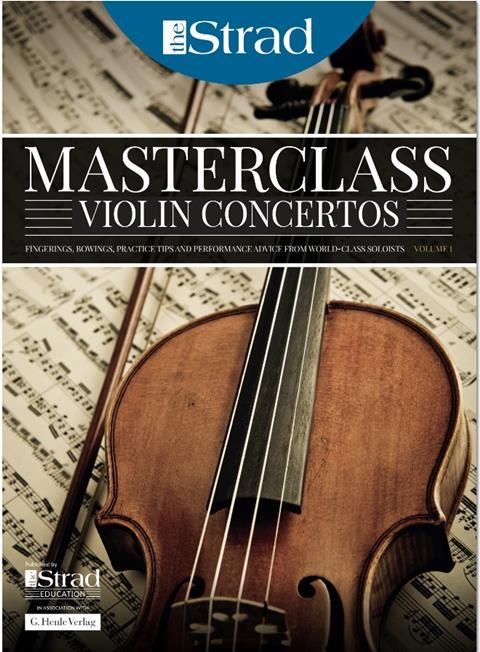
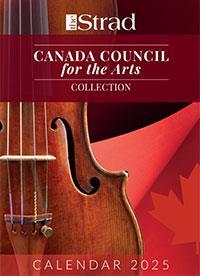












No comments yet